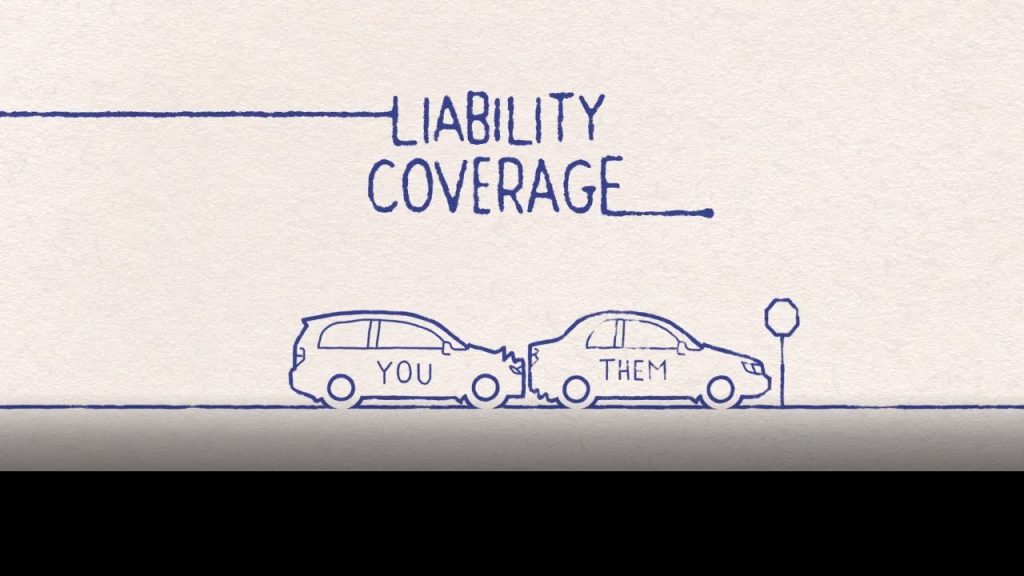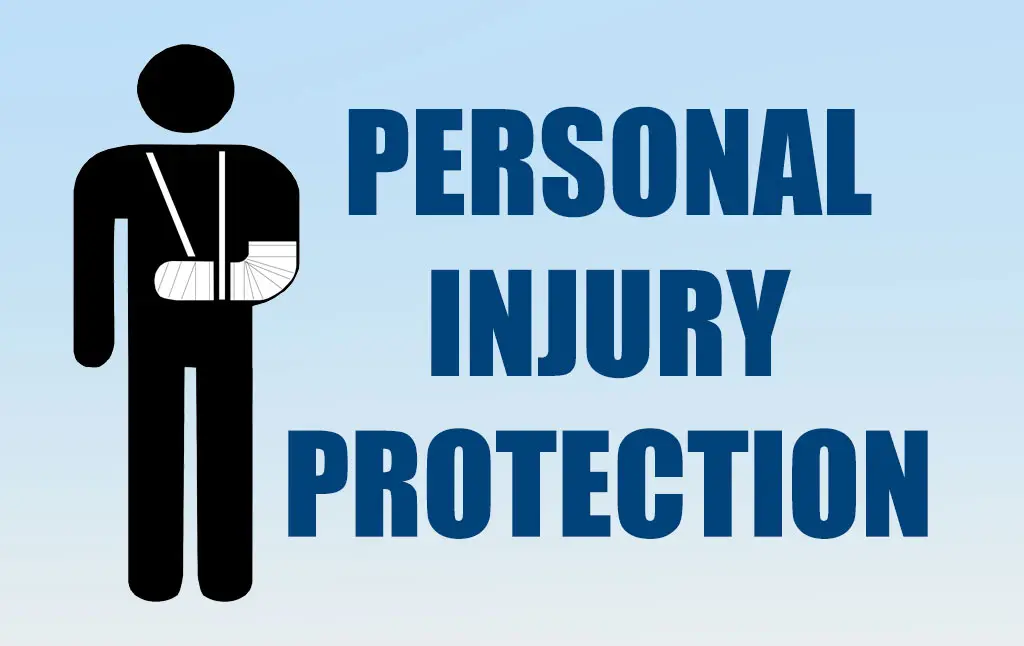Auto insurance is a necessity – not only to ensure that you meet the state’s minimum insurance requirements but also to protect your finances from a major expense should you be involved in an accident. Fortunately, there are now many types of insurance to choose from. The level of protection you get depends on the type you buy. The article will analyze some of the most popular types of auto insurance coverages today for your reference.
What is auto insurance?
Auto insurance is a type of insurance policy that provides financial protection to drivers in case of accidents, theft, or damage to their vehicle. It is a contract between the policyholder and the insurance company, where the policyholder pays a regular premium to the insurer, and in return, the insurer agrees to cover the costs associated with damage to the vehicle, injury or death of the driver or passengers, and liability to third parties resulting from the use of the insured vehicle.
The specific coverage and premium amount of an auto insurance policy can vary depending on factors such as the type of vehicle, the driver’s age and driving record, and the state or country in which the vehicle is registered.

What are the benefits of auto insurance?
- Financial Protection: Auto insurance provides financial protection to drivers in case of an accident or other unexpected events. If you are involved in an accident, your auto insurance policy can cover the costs of damages to your vehicle, medical expenses, and liability to third parties, which can save you from paying these expenses out of your own pocket.
- Legal Compliance: In many states and countries, it is mandatory to have auto insurance to legally operate a vehicle on public roads. Auto insurance ensures that you meet the legal requirements for driving, and can help you avoid fines or legal trouble.
- Peace of Mind: Knowing that you are protected by auto insurance can give you peace of mind while driving. In case of an accident, you can focus on getting the necessary medical attention or handling the situation, without having to worry about the financial consequences.
- Rental Coverage: If your car is damaged and needs to be repaired, some auto insurance policies offer rental car coverage, which can provide you with a temporary vehicle while yours is being repaired.
The types of auto insurance coverages
Liability Coverage
All states, with the exception of New Hampshire and Virginia, mandate that licensed drivers to have liability insurance. Why? because it aids in the protection of other motorists. Depending on the limits of your insurance, your liability coverage will start to pay for any harm and losses you cause to other people if you cause an accident. Without it, you could have to foot the tab for repairs and medical expenses. If you drive without insurance, you can also face fines and other consequences.

Collision Coverage
Collision coverage is optional coverage, although you should always include it in your policy if possible. Collision insurance pays for damage to your own vehicle after an accident, even if you are at fault.
- When you are in an accident with another vehicle, collision insurance will cover your auto repair at its actual cash value, regardless of who is at fault.
- If you hit a stationary object like a fence or a garage, the collision compensates for the damage.
- If the cost of repairing your car exceeds its current market value, the insurance company will consider it a total loss. If this happens, the company will cut you a check for the actual cash value of the car and you can use the money to help buy a new car.
Personal Injury Protection Coverage
When you are in a car accident, Personal Injury Protection (PIP) covers your and your passengers’ medical costs. Because it pays for your injuries regardless of who caused the accident, it is also known as “no-fault insurance.” A PIP will occasionally pay for missed earnings, family expenditures, and even burial costs in addition to hospital bills. Some states, including New York and Michigan, mandate PIP while others do not.

Uninsured and underinsured motorist Protection (UM/UIM)
The number of uninsured motorists varies from state to state, typically ranging from 12% to 25%. Uninsured and underinsured driver insurance will intervene when you have an accident with an uninsured driver. This coverage is relatively low cost and can be extremely helpful in some situations.
- Uninsured motorist insurance
Uninsured motorist insurance covers your own medical expenses and auto repair bills if you are hit by an uninsured driver. This can include hit-and-run accidents and cases where drivers have stolen vehicles. - Underinsured motorist coverage
In the event that you are struck by a motorist who does not have adequate insurance to cover the harm they have caused, this includes your medical costs and car repair costs. If your claim is more than these caps, you can sue the motorist for further compensation; however, underinsured drivers may not always have sufficient assets to cover your damages. The remaining medical expenses or other costs associated with the collision will be covered in part by the underinsured driver’s insurance.
Rental car reimbursement coverage
Rent reimbursement insurance is an optional add-on to your policy to pay the cost of renting a car while your car is being repaired following an accident or claim. Sometimes, rent insurance also reimburses you for transportation other than the rental car, such as carpooling, trains, or buses.
New car replacement coverage
Your insurance will save you the cash necessary to purchase a brand-new vehicle of the same make and model if your car loses its whole value owing to an issue covered by your policy. For vehicles that depreciate fast, new car replacement insurance might be an excellent insurance choice. Even greater auto replacement insurance is available from some firms, which would pay for a new automobile each year instead of your old one. Just a small number of businesses provide this coverage and those that do usually demand that your automobile be at least two to three years old and that you be the first owner.
How to Choose the Right Coverage?

To determine how much car insurance you need, you should consider a few different factors. First, you’ll want to consider your financial situation. The price of your car is another thing to think about. Maintaining collision coverage, for instance, might be beneficial if you cannot afford to have it fixed or replaced. And acquiring the correct equipment will assist safeguard you if you live in a place with regular severe weather or a high prevalence of theft and damage.
While you should buy more insurance than is required in your state, not all motorists need to have every type of auto insurance. To avoid higher premiums while still getting full coverage, compare prices from top insurers and check the average costs in your area to make sure you’re not paying too much.
Conclusion
In conclusion, there are different types of auto insurance coverages that provide protection to drivers in case of accidents, theft, or damage to their vehicle. A driver’s age, driving history, and the state or nation in which the car is registered can all affect the particular coverage options and premium cost of an auto insurance policy. It’s important to choose the right type and amount of coverage for your needs and budget to ensure that you are adequately protected on the road.
